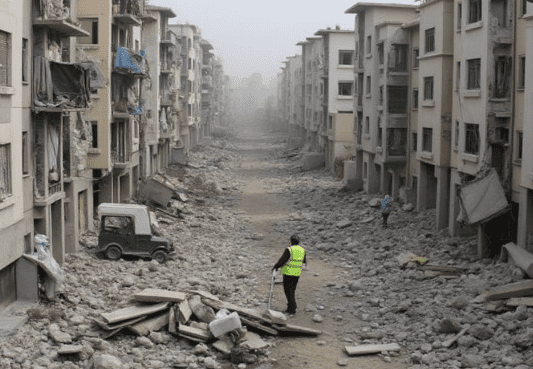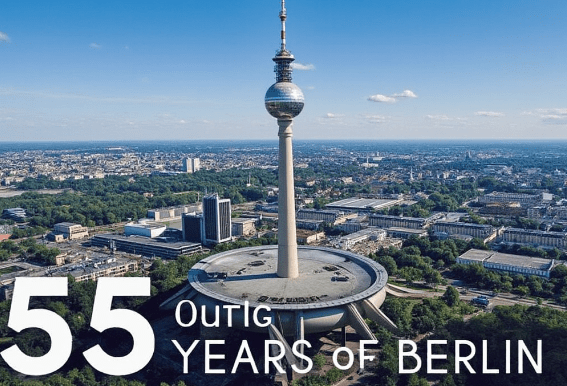In the early hours of October 13, 2024, a hotel in the renowned spa town of Abano Terme, located in Northern Italy, caught fire, prompting the urgent evacuation of more than 270 guests. The fire, which broke out during the night, caused significant panic as hotel staff and emergency services worked swiftly to bring everyone to safety. Fortunately, no fatalities were reported, but around 40 people required medical treatment for smoke inhalation and other minor injuries.
The Incident and Emergency Response
The fire began at a time when most of the hotel’s guests were asleep, which heightened the urgency of the situation. Firefighters responded quickly, working through the night to contain the blaze and ensure that all guests were safely evacuated. Local authorities have since launched an investigation into the cause of the fire, though early reports suggest that it may have started in one of the hotel’s utility rooms.
The hotel in question is a well-known establishment in Abano Terme, a town famous for its thermal baths and health resorts. The town attracts tourists from all over the world, many of whom visit to enjoy its therapeutic spa treatments.
Impact on the Town and Community
Abano Terme’s local community has rallied around those affected, offering assistance to the evacuated guests. Many of the guests, who were tourists visiting the spa town, have been temporarily housed in nearby hotels, with local businesses offering support and accommodations. The fire has, however, raised concerns about safety protocols in the region’s hospitality industry, particularly in older establishments that may lack modern fire safety measures.
Looking Ahead: Investigations and Safety Concerns
While the exact cause of the fire remains under investigation, there is already growing discussion about the need for updated safety standards in Italy’s hospitality sector. Local officials have vowed to review safety regulations, particularly for hotels and resorts, to prevent such incidents in the future.
The event has left many shaken, but the quick response from emergency services ensured that a potentially catastrophic situation was averted. As the investigation unfolds, both tourists and locals will be paying close attention to any new developments in fire safety measures across Italy’s popular tourist destinations.













